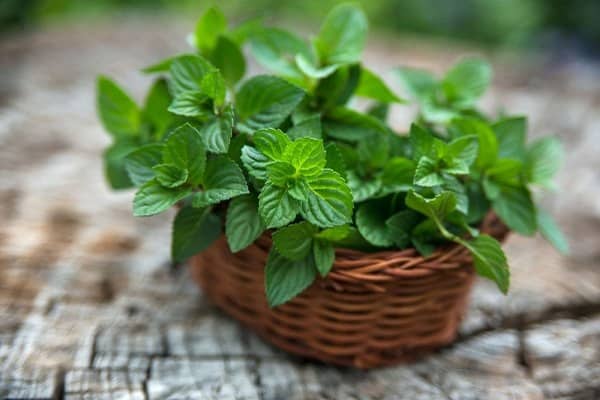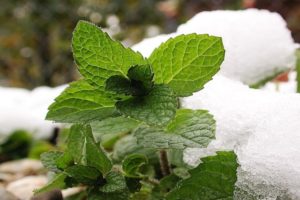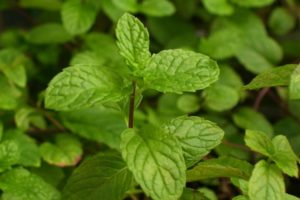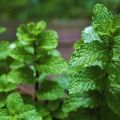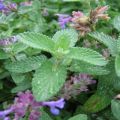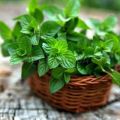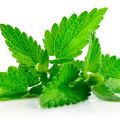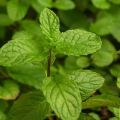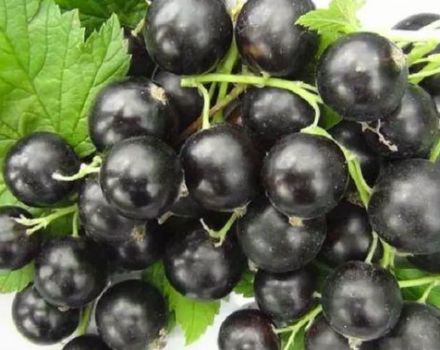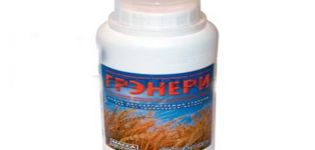How to grow and care for mint at home on a seed windowsill
A window sill is a place where you can comfortably arrange spices that will not only fill the room with a fragrance, but also go to dishes. A plant that feels great at home is scented mint. Before growing mint at home, it is recommended that you familiarize yourself with the simple requirements of the spice, which will have to be met in order to get a generous harvest.
Features of growing on a windowsill
It is not difficult to get a generous harvest by growing a fragrant spice, and for this you do not need a vegetable garden - for mint, it is enough to allocate space on the windowsill. In an apartment in winter, the plant will feel no worse than in a garden bed under the open rays of the sun.
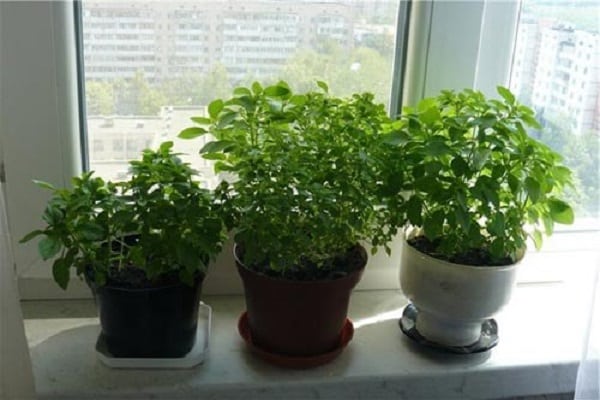
There are no peculiarities in the cultivation of spices, the main thing is to provide proper care, which includes:
- preliminary preparation of the substrate;
- watering;
- top dressing;
- lighting.
Even beginner gardeners who have not been involved in growing indoor plants will certainly be able to cope with the spice - mint is unpretentious and does not require regular attention.
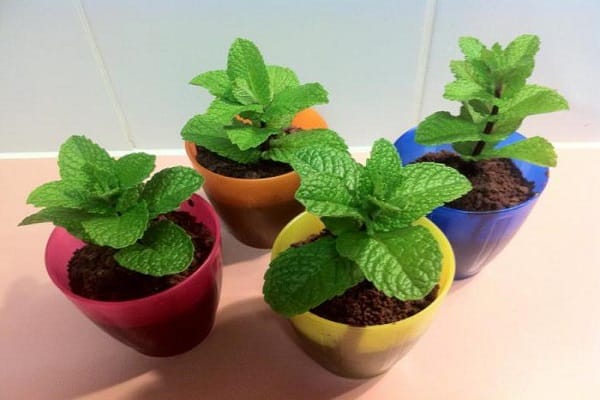
Suitable varieties for home cultivation
Mint is the most commonly grown spice in open soil, so not all varieties are suitable for indoor use. To get a harvest, it is recommended to use planting material of the following varieties:
- Ceremony. The peculiarity of the variety is the abundance of essential oils in the composition. The leaves are wrinkled, have a rich emerald hue. To obtain shoots, it is recommended to pinch the main trunk, otherwise the bush will begin to stretch strongly upward. Has a persistent scent.
- Pearl. A distinctive feature of the variety is its small size. Compact bushes do not let lateral buds, so you have to pinch. The smell of the variety is spicy-mint, it will improve the taste of any drink or dish.
- Pennyroyal. Recommended only for home cultivation. A distinctive feature of mint is the long side shoots that turn the plant into a compact, lush bush. In summer, you can observe flowering - placers of small lilac flowers emitting a spicy aroma.
Important! Garden varieties can also be used for growing on the windowsill, but in the summer they will have to be taken out into the fresh air, otherwise the mint will wither.
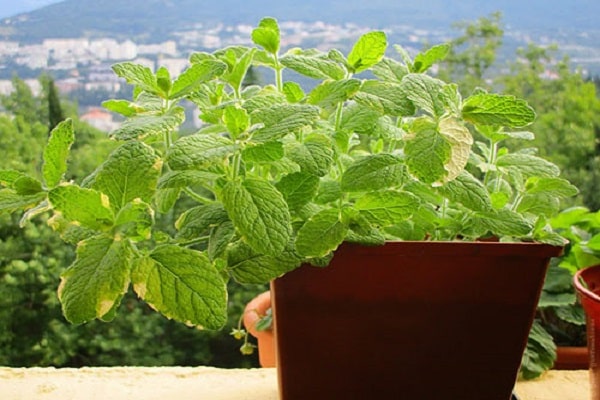
How to plant and grow on a windowsill
There will be no particular difficulties during planting, the main thing is to avoid mistakes in the first stages of growing mint. There are several ways to use for planting:
- seeds (laborious and time consuming method);
- cuttings (it will be possible to harvest the crop in a month);
- layering (the first fragrant leaves can be collected in 3-5 weeks).
Regardless of the selected variety and method of reproduction, the composition of the soil, the choice of location, the number of waterings differ little - mint is extremely undemanding and does not differ in keeping conditions from indoor plants.

Preparing seeds and cuttings for planting
The first step in growing mint is the choice of planting material. It is better not to give preference to hybrid varieties when buying seeds - they rarely retain their maternal characteristics. Planting in early spring, soaking the planting material is not required - it is better to send the seeds directly to the ground. The first sprouts with the correct temperature regime (at least 25 degrees) will appear in just half a month.
It is imperative to spray the surface of the substrate - dry soil will cause the death of plants.
Cutting is an easier way to get young mint bushes in a short time. The upper shoots of adult plants are usually cut for rooting. Cutting length - up to 10 cm. Be sure to remove the lower leaves, put the shoots in water - after a week and a half, roots will appear. It remains to plant the cutting in the ground - in just a week, the growth of young leaves will begin, which can already be used in cooking.
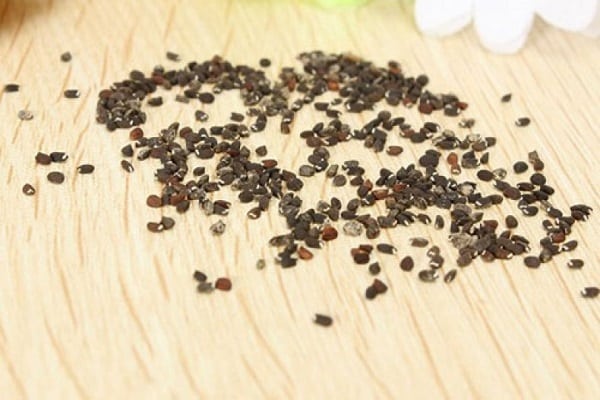
What should be the place
Even at room temperature, you will have to find the most convenient place for the mint. It is imperative to choose the sunniest windowsill, but it must be borne in mind that bright rays can cause a burn on the delicate shoots of the plant.
In order to prevent burns, you will have to create an artificial shade on the hottest days. You can use a thin curtain or newspaper for this. If it is not possible to constantly protect the bush from the sun, it is better to give preference to the western or eastern windows.
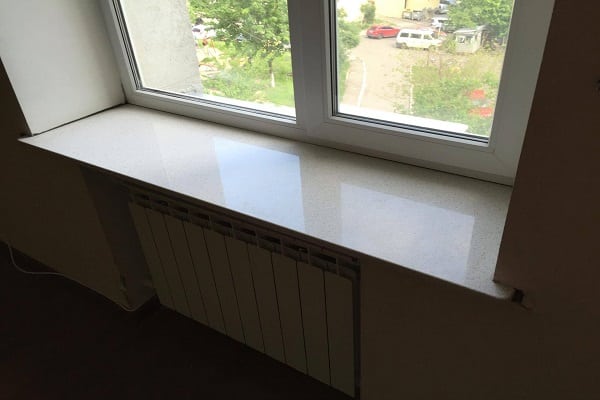
Where to plant
For planting, it is better to choose containers, as for indoor flowers. It is also recommended to use containers. The main thing is to take into account the size of the root system of the bush, it branches strongly and may not fit in a small pot.
If you plan to grow a lot of plants, it is better to get a large, long container to make it easier to care for the mint. In order to get only a few bushes, it is better to use pots.
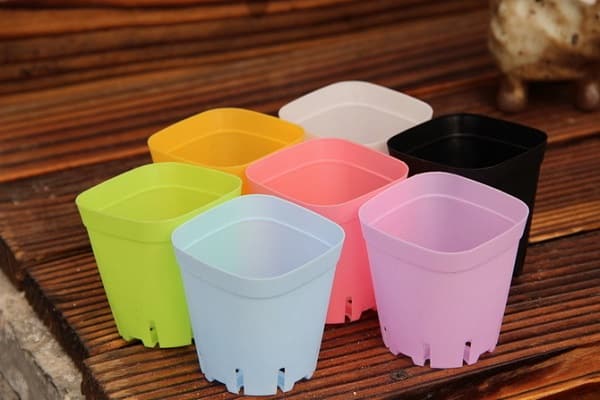
What soil to plant
The soil for growing mint must be light and nutritious. You can prepare the substrate yourself (mix in equal parts sand, peat, compost, garden soil) or purchase it at the store.
If a ready-made substrate is purchased, it is better to give preference to the soil for growing indoor plants. You can replace it with soil for seedlings - it is nutritious and easily saturated with oxygen and moisture.

Landing
The product of planting will not be particularly difficult, regardless of which way the reproduction takes place. The grown seedlings should be planted in pots after the appearance of four good leaves. It is not necessary to make a pick - it is recommended to send the bushes immediately to containers for adult mint.
Rooted cuttings or cuttings require more attention - it is imperative to add 10-15 g of wood ash to each hole, which will protect against diseases and pests that can damage the root system. To exclude a burn, the ash must first be mixed with a small amount of the substrate.
Important! Another important rule of planting is to produce it better in cloudy weather.
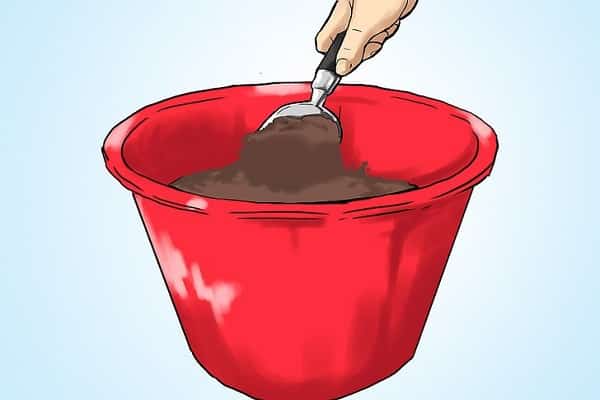
Plant care
Taking care of mint is simple - follow the basic rules of agricultural technology recommended for indoor plants. There are few of them - watering, pest or disease control, timely introduction of nutrients.
Another indispensable requirement for mint care is pinching to form a lush bush. It is recommended to carry out the process throughout the whole year - by missing the moment, you can get a long stem with few leaves.
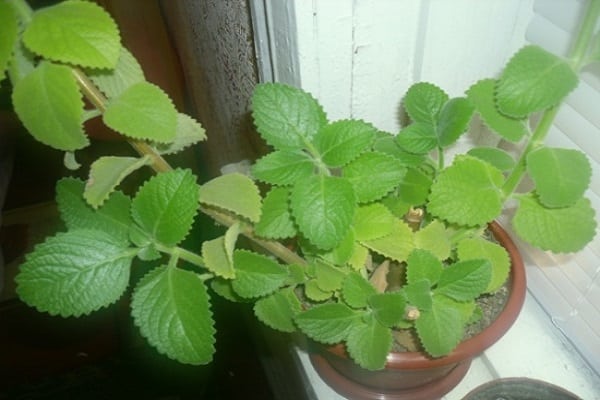
Watering rules
Watering mint can only be done with warm water. The recommended irrigation time for the substrate is evening hours. During the day, in sunny weather, it is better not to irrigate - the introduction of moisture into a dry substrate can destroy the root system.
Be sure to regularly spray the bushes. Mint likes humid air, so in summer you can put a bowl of water near the container with the plant.
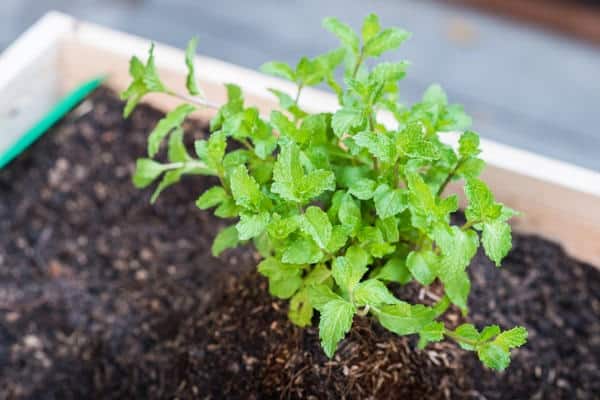
Top dressing
Unlike growing houseplants, frequent feeding of mint is not needed. You need to add nutrients once a season. Use a urea solution as fertilizer (1 g of substance per liter of water).
The introduction of nutrients should be carried out only in the summer - in the winter season, the mint should be at rest. If top dressing is applied in winter, shoots will actively begin to grow and stretch.
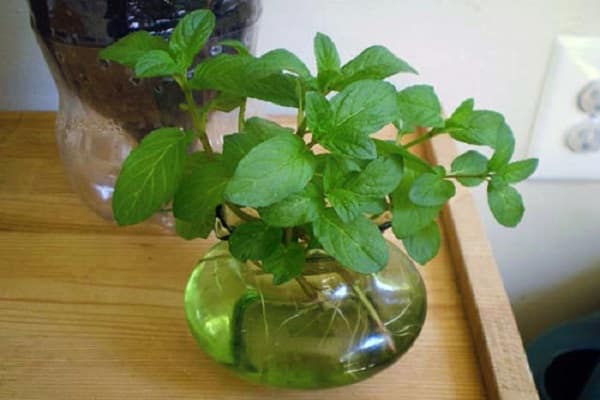
Diseases and pests
Diseases and insects rarely affect mint. Persistent aroma and rather tough leaves do not attract pests, they try to settle on more delicious plants.
If, nevertheless, trouble has happened and unwanted neighbors are noticed on the bushes, sparing folk remedies should be used against them, chemicals are not recommended.
Usually, it is enough to wash the mint several times with soap suds so that the pests disappear for a long time. Diseases most often develop with improper care - overflow, lack of moisture, wrong choice of place. Correcting mistakes is simple - review your actions and find out what exactly went wrong.
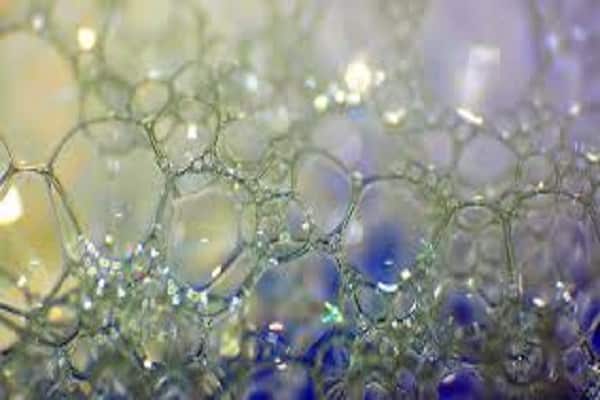
Harvesting and storage
Store mint usually dried. It is recommended to use tender young leaves for this. Lay them out in one layer on clean paper (pre-wash) and leave on a sunny windowsill until the moisture has completely evaporated.
Send dry mint leaves for storage. For this use clean glass containers that are tightly closed. The storage space is cool and dark with low humidity.
Mint is a versatile plant that can be used not only in the preparation of refreshing drinks, but also added to dishes and preservation. It is much more useful than purchased spice, raw materials grown independently, and there are no special difficulties in this process, even an inexperienced beginner can cope with the work. The main thing is to satisfy all the requirements of a fragrant lush bush, and there are not so many of them.
